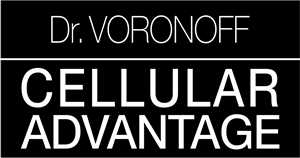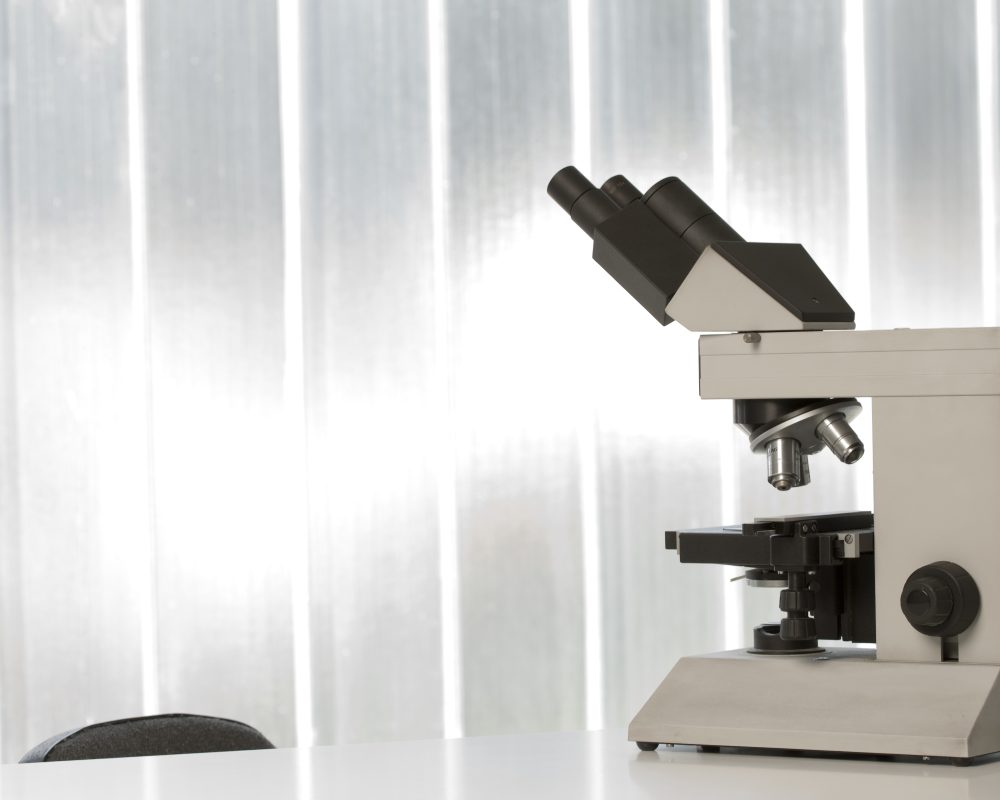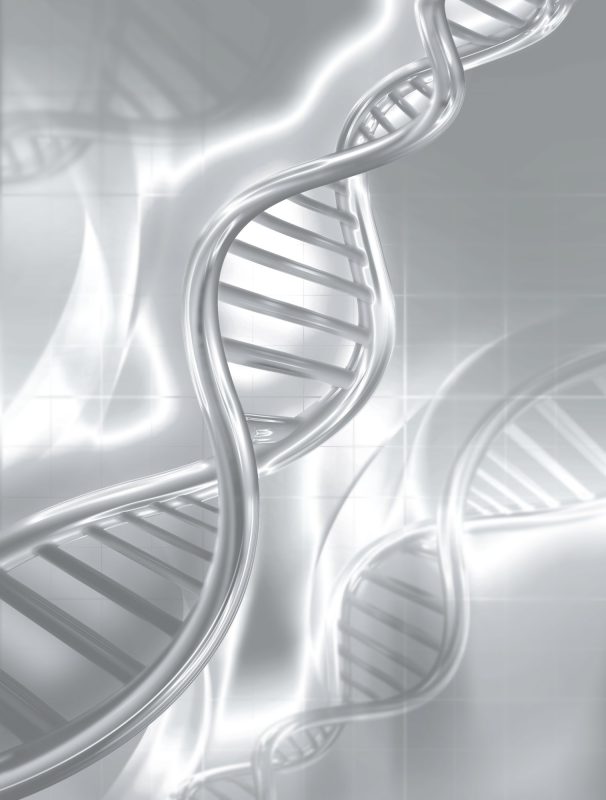Bold reported that cell extracts applied between different species function as inducers. The induced organs maintained their characteristics – shape and size – as the inductor acted only as a stimulus to promote the mechanism and activate a new potential in the recipient.
Live cell extracts are not the only ones with induction properties, even dead tissues and extracts from them have such properties. This reveals the importance of chemical-type inducers: it is not important whether the cell extract comes from a living cell or from a dead cell. In both cases it can be used as an inductor.
To correctly understand the efficacy of the effects of the introduction of cellular extracts into the body, we need to become familiar with the cellular protein involved (directly or indirectly) in each mechanism of a living cell. These substances begin to work in the fundamental matrix of the cytoplasm. Depending on their category, cells have very special structural proteins that cannot be obtained through synthesis. These proteins help build cell structure and are included, without exception, in every cell.
These proteins are responsible for invaluable functions during the life and reproduction of cells.
There are extractable proteins so specific that they can only be found in a certain type of cell.
These proteins transmit properties that the receptor lacks (for example, placental proteins are able to transfer specific properties to an aging human cell, meaning they are able to induce and/or transform the chemical content of a cell from an 80-year-old receptor into that of a younger one). This effect depends on the quality and design of the matrix of the amino acids involved.
Therefore, the amino acid sequence of, for example, insulin, will be completely different from that of collagen, although both are made of similar amino acids.
These removable elements play an important role in the course of life and the prevention of cellular aging, since the replacement of lost substances is their most important attribute.
For this reason the most essential element in Dr Voronoff Cellular Advantage is not the intact or living cell, but the biological content, especially the reusable protein type content that the Placenta contained in our product possesses.
Organisms – animals, plants, microbes – are able to live thanks to a continuous flow of molecules, regenerative chemical particles. These substances can be obtained through extraction, and once implanted or introduced into a receptor, they will be interspersed in the cellular regenerative process
for which they normally work, and will form part of them as if they had been created in the receptor from the beginning. The substances will become similar to the chemical bodies they previously knew in the animal, a process called “assimilation."
At first, the recipient will assume that a foreign substance has entered the body (the organic extract), and then will accept the new cells based on their chemical composition, similar to that of the body itself.


